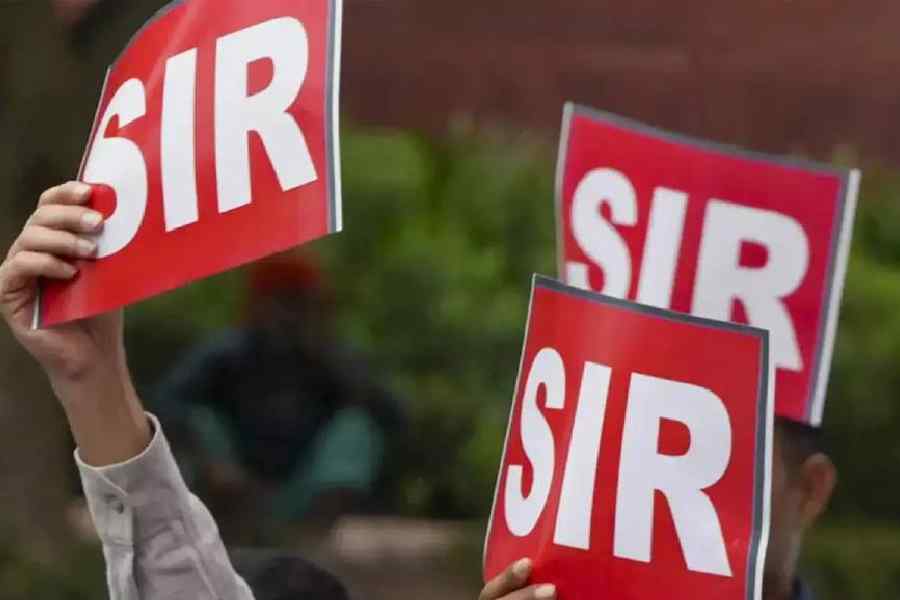The chief minister of West Bengal, Mamata Banerjee, has suggested instituting a diploma course in medicine to address the shortage of doctors in state hospitals. The Bengal government has formed a 14-member committee comprising senior doctors and representatives from the Indian Medical Association and the West Bengal Medical Council to explore the viability of this proposal. The doctor-patient ratio in Bengal is woeful — each government doctor caters to 10,411 patients; the figure is slightly lower than the national average. Interestingly, the shortage of doctors cannot be attributed to the paucity of medical professionals. Each year, 4,725 new doctors pass out of public and private medical colleges in the state. This is more than adequate to cater to Bengal’s patient load. Why, then, is there a shortage of medics in government facilities? The answer lies in the fact that most doctors prefer to be employed in private establishments that offer better returns for their service. Worse, those who choose to serve the three-year compulsory bond of working for the government after passing out are inconvenienced by poor salaries, among other concerns. Payments are often held up on account of political differences between the state and the Central governments — the salaries of government doctors come from the National Health Scheme; there is no guarantee of a permanent posting at the end of the stipulated service period; recruitment to vacant posts in government establishments are erratic. It is true that the majority of doctors are unwilling to accept rural postings: poor facilities and paltry payment are some of the factors that discourage them. Ms Banerjee’s suggestion of a diploma course will not solve any of these structural problems. But there is a precedent — the Anglo-American model of providing emergency medical services to patients before doctors and hospitals are involved. Emergency medical technicians and paramedics are trained in basic, intermediate and advanced life support — courses much shorter than an MBBS degree. The erstwhile Left government had proposed a similar idea of ‘barefoot doctors’. Even though these templates are accompanied by legitimate concerns about the quality of care, there is a case to tweak the model so that an auxiliary constituency of ‘diploma doctors’ can be trained to offer non-emergency healthcare responsibilities.
The point of expanding medical infrastructure sans physicians is a self-defeating goal. The introduction of career progression schemes for doctors, which promise assured raises in fixed tenures during a doctor’s service, could be a viable solution. Attention must also be paid to improve the living conditions and security of doctors.










